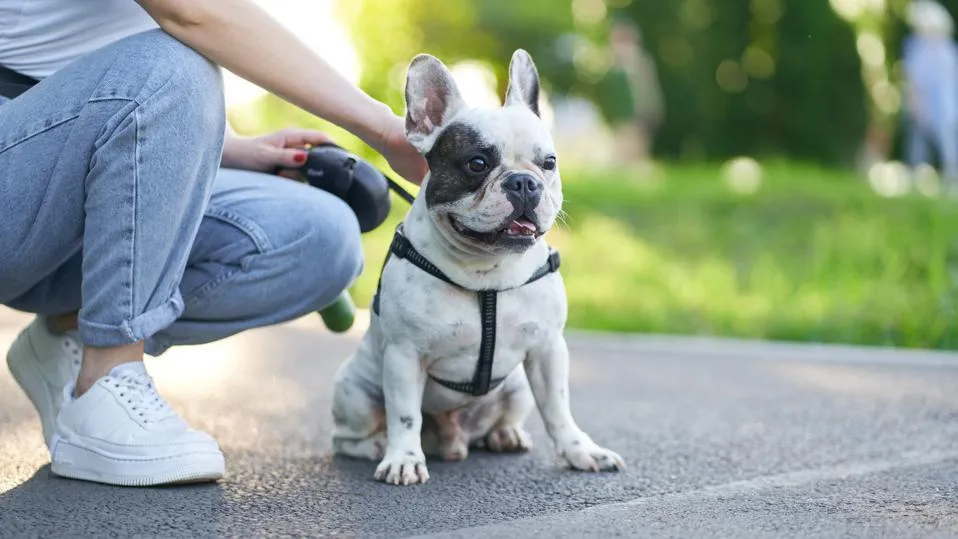The Tibetan Mastiff, an ancient breed renowned for its imposing presence and unwavering loyalty, has captivated dog enthusiasts for centuries.
As someone who’s had the privilege of working with these magnificent creatures, I can attest to their unique blend of power and gentleness.
Let’s dive into the world of Tibetan Mastiffs and uncover what makes them truly special.
The Ancient Guardian of Tibet
Originating from the Himalayan region, Tibetan Mastiffs have a rich history dating back thousands of years.
These dogs were originally bred to protect livestock and property in the harsh Tibetan plateau.
A Lineage Steeped in Legend
Legend has it that Tibetan Mastiffs were so valued in ancient China that they were gifted to emperors and used to guard palaces.
Their impressive size and fearsome appearance made them ideal guardians, a role they continue to excel in today.
Physical Characteristics That Command Respect
One can’t help but be in awe of a Tibetan Mastiff’s physical presence.
These dogs are massive, with males typically weighing between 90 to 150 pounds and standing up to 26 inches at the shoulder.
The Lion’s Mane
Perhaps the most striking feature of a Tibetan Mastiff is its thick, luxurious coat.
This double coat not only gives them a majestic appearance but also served a practical purpose in their native environment, protecting them from the harsh Tibetan winters.
I remember the first time I encountered a fully-grown Tibetan Mastiff named Thor.
His coat was so thick and abundant that children often mistook him for a small bear!
Temperament: A Study in Contrasts
Tibetan Mastiffs are known for their complex temperament, which can be both challenging and rewarding for owners.
Devoted Family Companions
With their families, Tibetan Mastiffs are incredibly devoted and gentle.
They form strong bonds with their human pack and are particularly patient with children.
Aloof and Territorial with Strangers
However, their guarding instincts run deep.
Tibetan Mastiffs are naturally wary of strangers and can be fiercely protective of their territory.
This makes early socialization and consistent training absolutely crucial.
Training Challenges and Rewards
Training a Tibetan Mastiff requires patience, consistency, and a deep understanding of the breed’s independent nature.
Independence and Intelligence
Tibetan Mastiffs are highly intelligent but also fiercely independent.
They’re not the type of dogs to blindly follow commands.
Instead, they seem to consider whether your request is worth their time.
Positive Reinforcement is Key
In my experience, positive reinforcement techniques work best with this breed.
Harsh corrections can backfire, leading to stubbornness or even aggression.
Exercise Needs: Less Than You Might Think
Despite their size, Tibetan Mastiffs don’t require as much exercise as many other large breeds.
Quality Over Quantity
A daily walk and some playtime in a securely fenced yard is usually sufficient.
These dogs are not built for endurance and prefer short bursts of activity followed by long periods of rest.
Grooming: A Labor of Love
That glorious coat comes with a price – it requires significant grooming effort, especially during shedding season.
Seasonal Blowouts
Tibetan Mastiffs typically “blow” their undercoat once or twice a year.
During these periods, daily brushing is necessary to manage the shedding.
I once spent an entire weekend helping a friend groom her Tibetan Mastiff during a particularly heavy shed.
We filled three large garbage bags with fur!
Health Considerations
Like many large breeds, Tibetan Mastiffs are prone to certain health issues.
Common Health Concerns
Hip dysplasia, elbow dysplasia, and hypothyroidism are some of the health problems that can affect this breed.
Regular vet check-ups and a healthy diet are essential for maintaining their well-being.
Is a Tibetan Mastiff Right for You?
While Tibetan Mastiffs are incredible dogs, they’re not for everyone.
They require an experienced owner who can provide firm, consistent leadership and understand their unique needs.
Ideal Living Situation
These dogs do best in homes with plenty of space and secure fencing.
They’re not well-suited to apartment living or homes with close neighbors, as their protective barking can be a nuisance.
Financial Considerations
It’s important to note that owning a Tibetan Mastiff can be expensive.
From their substantial food requirements to potential health care costs, be prepared for a significant financial commitment.
The Tibetan Mastiff is a breed like no other.
Their imposing presence, unwavering loyalty, and complex personality make them a fascinating companion for the right owner.
While they present unique challenges, the rewards of sharing your life with these majestic guardians are immeasurable.
Remember, if you’re considering adding a Tibetan Mastiff to your family, do your research, talk to experienced owners, and be honest about whether your lifestyle can accommodate their needs.
With the right preparation and understanding, you might just find your perfect canine companion in this ancient and noble breed.
Breed information
| Characteristic | Information |
|---|---|
| Breed Name | Tibetan Mastiff |
| Origin | Tibet |
| Group | Working Group (AKC) |
| Height | Males: 26-30 inches (66-76 cm); Females: 24-28 inches (61-71 cm) |
| Weight | Males: 90-150 pounds (41-68 kg); Females: 70-120 pounds (32-54 kg) |
| Coat | Thick double coat, long and dense to protect from harsh climates |
| Colors | Black, black & tan, brown, blue-gray, and gold; often with white markings |
| Lifespan | 10-14 years |
| Temperament | Independent, protective, reserved, intelligent, and sometimes aloof; loyal and devoted to family |
| Energy Level | Moderate energy; can be calm indoors but needs regular outdoor activity |
| Exercise Needs | Requires daily exercise, though not overly energetic; enjoys long walks and outdoor play |
| Trainability | Can be challenging to train due to their independent and strong-willed nature; requires an experienced owner |
| Intelligence | Highly intelligent, though may be stubborn or resistant to commands if they don’t see a reason to follow |
| Good with Children | Generally good with children in their family, but due to their size, supervision is recommended around small kids |
| Good with Other Pets | May be aggressive toward other dogs, especially if not socialized early; tends to be dominant, but can get along with pets they are raised with |
| Shedding | Heavy seasonal shedding, especially during spring and fall |
| Grooming Needs | Requires regular grooming due to their thick coat, especially during shedding season; brushing several times a week is necessary |
| Barking Level | Tends to bark frequently, especially at night; known for being excellent guard dogs and will alert to anything unusual |
| Space Requirements | Best suited for homes with a large yard or open space; does not adapt well to apartment living |
| Socialization | Needs early and ongoing socialization to prevent wariness or aggression toward strangers and other animals |
| Health Issues | Prone to hip dysplasia, hypothyroidism, entropion (eyelid disorder), and elbow dysplasia |
| Diet | Requires a high-quality, balanced diet; prone to weight gain if overfed, so portions should be carefully monitored |
| Affection Level | Affectionate with family but often aloof or reserved with strangers |
| History | An ancient breed, historically used by nomadic herders and as guard dogs for Tibetan monasteries and villages |
| AKC Recognition | Recognized by the American Kennel Club in 2006 |
| Ideal Living Conditions | Best suited for homes with large outdoor areas or farms; thrives in cooler climates due to their thick coat |
| Famous Tibetan Mastiffs | Some Tibetan Mastiffs have made headlines for being among the most expensive dog breeds, with one selling for $1.9 million in China |
| Notable Characteristics | Known for their powerful build, majestic appearance, and protective instincts; one of the largest and most ancient dog breeds |
| Best Activities | Enjoys outdoor activities, guarding, and long walks; does well with tasks that allow them to use their protective nature |
| Suitability for First-Time Owners | Not ideal for first-time owners due to their independent, stubborn nature, and size |
| Protective Nature | Extremely protective and territorial; known for being excellent guard dogs |
| Playfulness | Can be playful with family members, but tends to be more serious and reserved than other breeds |
Sources:
- American Kennel Club (AKC): Tibetan Mastiff Information
- DogTime: Tibetan Mastiff Breed Information
- The Kennel Club: Tibetan Mastiff Breed Standard
















